How to Incorporate QR Codes into Your Packaging Design
In the digital age, businesses are always looking for ways to bridge the gap between physical and digital experiences. One such innovation is the integration of QR codes into packaging design. QR codes (Quick Response codes) are two-dimensional barcodes that store data, typically a website URL, text, or other relevant information, which consumers can easily scan with their smartphones.
This article explores how to incorporate QR codes into your packaging design and why doing so can benefit your business, your customers, and your brand identity. As we delve deeper into this trend, we will also discuss how you can leverage TheBoxCrafting‘s custom packaging services, such as the Custom Lid And Tray Cake Box, to maximize the potential of QR codes for your product packaging.
Why QR Codes in Packaging Are a Game Changer
QR codes have revolutionized how businesses engage with their customers. By adding QR codes to packaging, brands can create a more interactive, informative, and even entertaining experience for consumers. But why are QR codes such a great addition to packaging?
1. Instant Access to Information
QR codes can link directly to online content, providing instant access to product details, usage instructions, promotional materials, or your business’s social media pages. This can enhance the customer experience by giving them more value without cluttering the packaging itself.
2. Better Customer Engagement
Incorporating a QR code into your packaging design can encourage customer interaction. Whether it’s to join a loyalty program, participate in a contest, or receive discounts, QR codes drive consumer engagement and help build a lasting relationship between the brand and the consumer.
3. Eco-Friendly Option
QR codes help reduce packaging waste by offering a digital alternative to printed materials like flyers, brochures, or instruction manuals. This contributes to more sustainable packaging solutions, aligning with eco-conscious consumers’ values.
4. Trackable Analytics
By incorporating a QR code into your packaging, you gain valuable insights into consumer behavior. With QR code tracking, you can monitor how many people scanned the code, when they scanned it, and which product packaging generated the most interest. This data can be used to refine marketing strategies and boost sales.
5. Differentiation in the Market
When done creatively, QR codes can make your packaging stand out. Many brands today are embracing packaging design as a way to tell a story or make a memorable impression. QR codes can help you go a step further by offering additional content such as videos, behind-the-scenes footage, or interactive product experiences.
Key Steps to Incorporating QR Codes into Your Packaging Design
Adding a QR code to your packaging is more than just placing a square barcode on the box. There’s an art and science to seamlessly integrating QR codes into your packaging design to ensure they’re functional, visually appealing, and aligned with your branding goals.
Step 1: Determine the Purpose of the QR Code
Before adding a QR code to your packaging, it’s essential to define what you want to achieve. Are you looking to drive traffic to your website, provide additional product information, collect customer feedback, or offer exclusive discounts? The purpose of the QR code will inform where and how you integrate it into your design.
Some common uses include:
- Linking to product videos or tutorials
- Accessing user manuals or product instructions
- Offering discounts, coupons, or promotional offers
- Redirecting to social media profiles or campaigns
- Providing nutritional information, ingredients, or certifications
- Collecting feedback or customer reviews
Step 2: Choose the Right Type of QR Code
There are various types of QR codes you can use, depending on your needs:
- Static QR Codes: These QR codes store fixed data, like a URL. Once created, they cannot be edited. They are suitable for campaigns that don’t require updating, such as promotional content or basic links.
- Dynamic QR Codes: These QR codes allow you to change the content behind the QR code after it’s been printed, providing flexibility. They’re great for campaigns that require regular updates, such as changing offers or content.
Step 3: Design the QR Code
QR codes should be designed in a way that aligns with your branding while remaining functional. Customizing the QR code doesn’t mean compromising on its scannability. Here are some design tips:
- Size: Make sure the QR code is large enough to be easily scanned but not so big that it overpowers the packaging design.
- Placement: Position the QR code in a place that is noticeable but doesn’t detract from the overall design. Usually, corners or the back of the package work well.
- Branding: Customize the QR code with colors that match your brand’s palette, or include your logo inside the code. Just be sure it remains scannable.
- Test the Code: Always test the QR code before finalizing the design to ensure it functions properly. Nothing’s worse than a QR code that doesn’t work.
Step 4: Integrate the QR Code with Your Packaging Design
When incorporating a QR code into your packaging design, it’s essential to balance functionality with aesthetics. At TheBoxCrafting, we understand that packaging needs to not only be effective but also reflect your brand’s unique style. We can help you integrate QR codes seamlessly into your design, whether you’re creating custom boxes, bags, or any other packaging solution.
For instance, if you’re designing a Custom Lid And Tray Cake Box, we can work with you to incorporate a QR code that links to a special recipe video, offers a discount on your next purchase, or encourages customers to share their experience on social media. This integration enhances the customer experience and adds value to your packaging.
Step 5: Monitor and Update Your QR Codes
After your product is on the shelves, it’s important to track the performance of your QR code. Use the analytics provided by your QR code generator to see how many customers are scanning your code. If you’re using a dynamic QR code, you can adjust the content based on customer engagement and feedback.
Best Practices for Using QR Codes in Packaging
Here are a few tips to ensure your QR codes serve their purpose effectively:
- Clear Call to Action: Let customers know what they can expect when they scan the QR code. Use phrases like “Scan for a surprise!” or “Discover more inside” to entice them to engage.
- Mobile Optimization: Ensure the destination URL (website or landing page) is mobile-friendly since most QR code scans happen on smartphones.
- Incentivize Scans: Offer rewards or incentives for scanning the code, such as discounts, loyalty points, or exclusive access to content. This can help boost the engagement rate.
- Keep It Simple: While QR codes can store a lot of data, it’s important to keep the experience simple for the customer. Avoid overloading them with too much information.
Common Mistakes to Avoid
While QR codes are a powerful tool, some mistakes can undermine their effectiveness:
- Poor Placement: Don’t place QR codes in hard-to-reach spots or in areas that are difficult to scan.
- Overcrowded Design: While you want your QR code to stand out, it should not overwhelm the design of your packaging. Balance is key.
- Not Testing the QR Code: Always test the code to ensure it’s working before printing. A non-functioning QR code can frustrate customers and harm your brand’s reputation.
Conclusion
Incorporating QR codes into your packaging design is a great way to engage with customers, enhance their experience, and collect valuable data. It helps you connect the physical world of your product packaging with the digital space in a way that’s both interactive and informative. Whether you’re designing Custom Lid And Tray Cake Boxes or custom packaging for any other product, integrating QR codes can make your packaging more engaging and functional.
At TheBoxCrafting, we specialize in creating custom packaging solutions that integrate seamlessly with your brand’s vision. From the Custom Lid And Tray Cake Box to other unique packaging options, we provide a comprehensive range of services that allow you to add QR codes and other personalized features to your products. We focus on delivering fast turnaround times, eco-friendly materials, and sustainable solutions that benefit both your business and the environment.
FAQs About QR Codes in Packaging
Q1: Can QR codes be used on any type of packaging?
Yes, QR codes can be used on various packaging types, including custom boxes, bags, and even on specialty items like Custom Lid And Tray Cake Boxes. The key is to ensure proper placement and scannability.
Q2: How can I make my QR code stand out?
To make your QR code stand out, customize it with brand colors, add a logo, or incorporate unique designs around it. Ensure it remains functional while blending with your packaging design.
Q3: Are QR codes eco-friendly?
Yes, QR codes can help reduce the need for printed materials, making them an eco-friendly option for businesses looking to reduce their carbon footprint and promote sustainability.
Q4: How can QR codes boost customer loyalty?
By linking QR codes to loyalty programs, discounts, or exclusive content, businesses can incentivize customers to engage with the brand, driving repeat purchases and customer retention.
Q5: Where can I get custom packaging that integrates QR codes?
TheBoxCrafting offers a wide range of custom packaging solutions, including options that integrate QR codes seamlessly into the design. Our expert team will ensure your QR codes are properly implemented to enhance the customer experience.

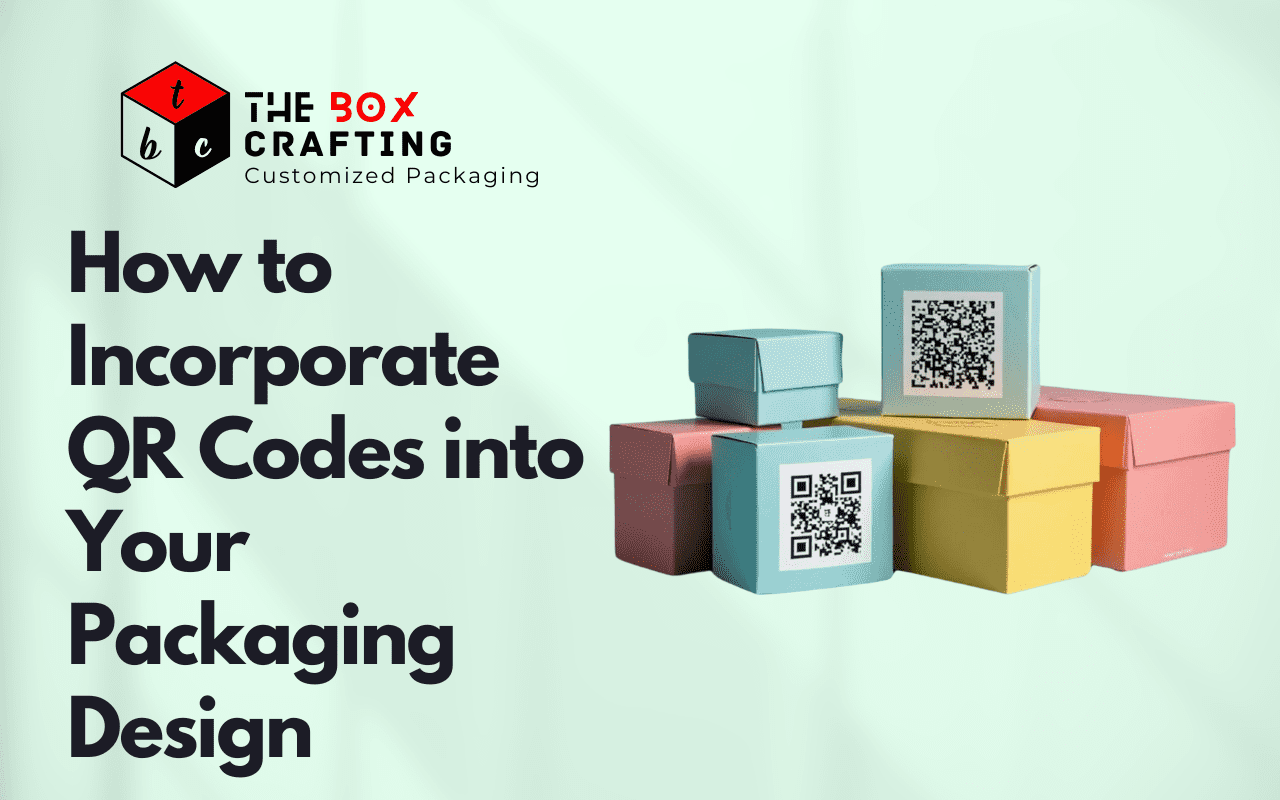

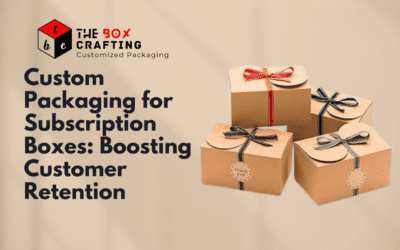


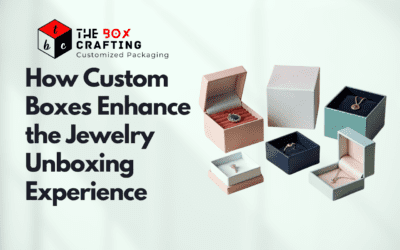
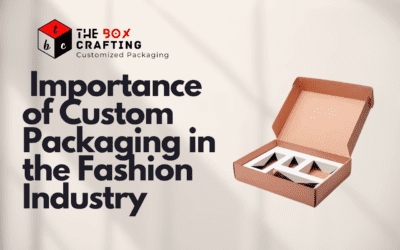
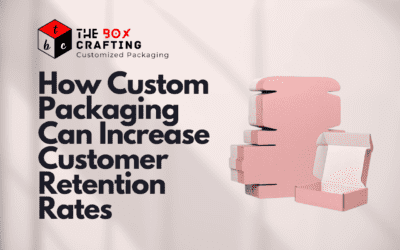
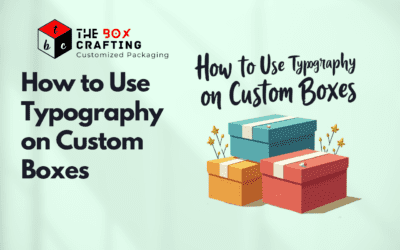

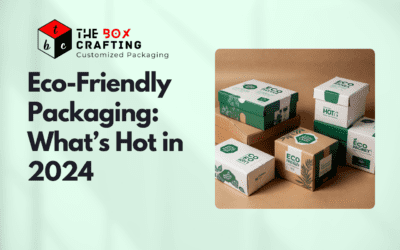
Leave a Reply